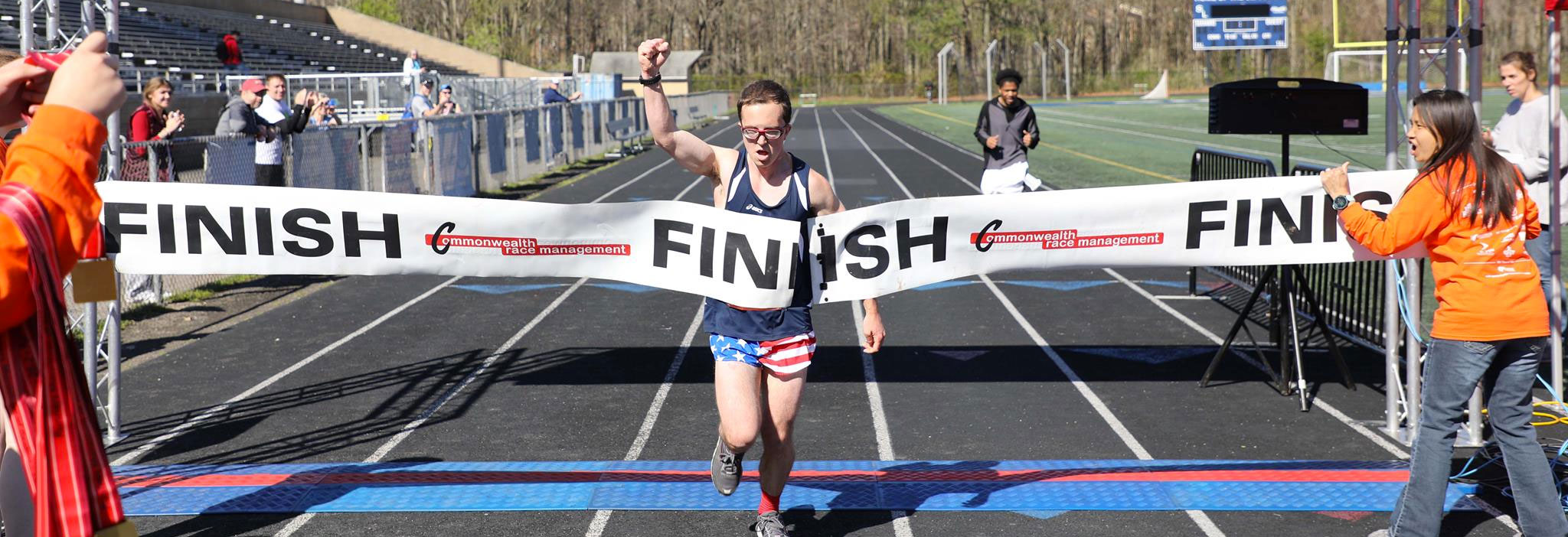The Lone Runner Series: Pacing a Virtual Marathon
Pacing a Virtual Marathon
by Ben Connelly
I wanted to follow up last week’s interview with my friend Jordan about his virtual marathon, with my own thoughts about the race. This week, I want to talk more generally and give some advice, both to racers, and to their friends who will be pacing and supporting them.
Background:
My friend Jordan ran his virtual marathon at the end of April. He had 3 pacers to help him along, including me (I ran the first 16 miles, and the last little bit). Jordan planned the course: 6 4.2mi loops with an extra 1.2mi at the end. He centralized the course so that the same spot served as start, finish, water station, and congregation point for spectators and pacers. The temperature began in the 40s and climbed into the 70s by the time he finished. For the first four loops, Jordan handled the pace and distance well. He did hit the wall at mile 21, and struggled during the final stretch, but he fought through and finished.
Jordan did a good job of handling the curveball thrown at him when the race switched to fully virtual. Although he had to plan more, virtual racing had its perks: he could design a flat course, take breaks, have friends pace him, and stay close to water. He chose the time of day. While it meant more work on his part, the virtual format gave him more control.
My Advice:
For Racers:
- Plan a flat course. Even the smallest hills become big after 22 miles.
- Enlist pacers. Do not try to grind out 26 miles by yourself.
- Practice on your course. Practice carrying your water and food.
- Coordinate with your pacers and spectators ahead of time. Make sure they have exchanged contact information as they may have to coordinate among themselves while you are out on the course.
- Include convenient bathroom stops on the course in case of emergency.
For Pacers:
- Try not to run too fast. While I tried to let Jordan set the pace, I occasionally made the mistake of speeding up, which he did not need early in the race. Remember that your friend is running much farther than you.
- Be ready for your friend to struggle. In difficult moments, some runners prefer silence and solitude, while others prefer full-throated motivation and encouragement.
- Remember to keep the focus on your friend. The marathon is a good excuse for selfishness on the part of racers. They either need more support, or they will need those around them to back off, depending on their style. They have a lot riding on the day. Before the race, they may be nervous. After the race, they may be in great pain. During the race, they will need to focus. Try to avoid distracting them.
Conclusion:
Both Jordan and I learned a great deal from our respective experiences with his virtual marathon. I hope sharing that experience has proven useful to those of you contemplating a virtual marathon, actively preparing for one, or planning to help a friend run one.
Ben Connelly is a freelance writer and an experienced runner. He has written multiple e-books on running and general fitness, including a marathon training guide, which you can purchase here. You can find him at his Amazon Author page, or at his website.


